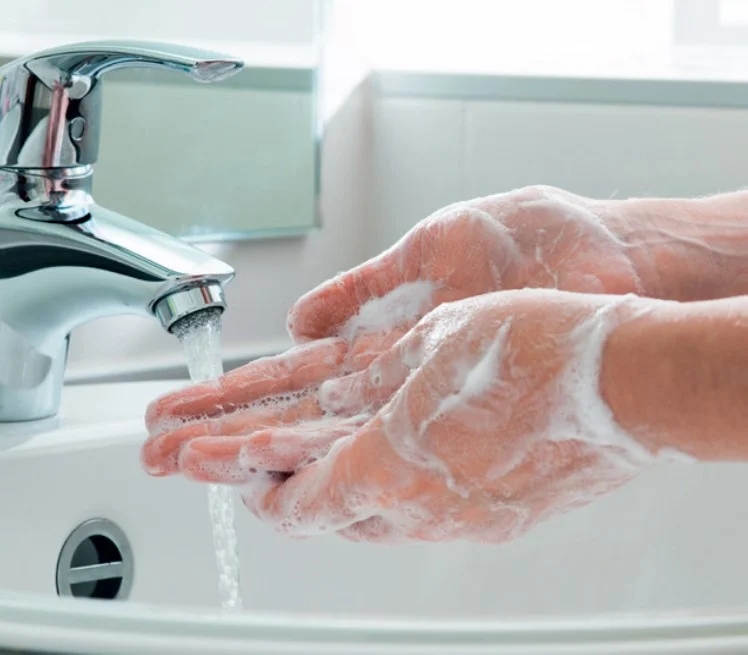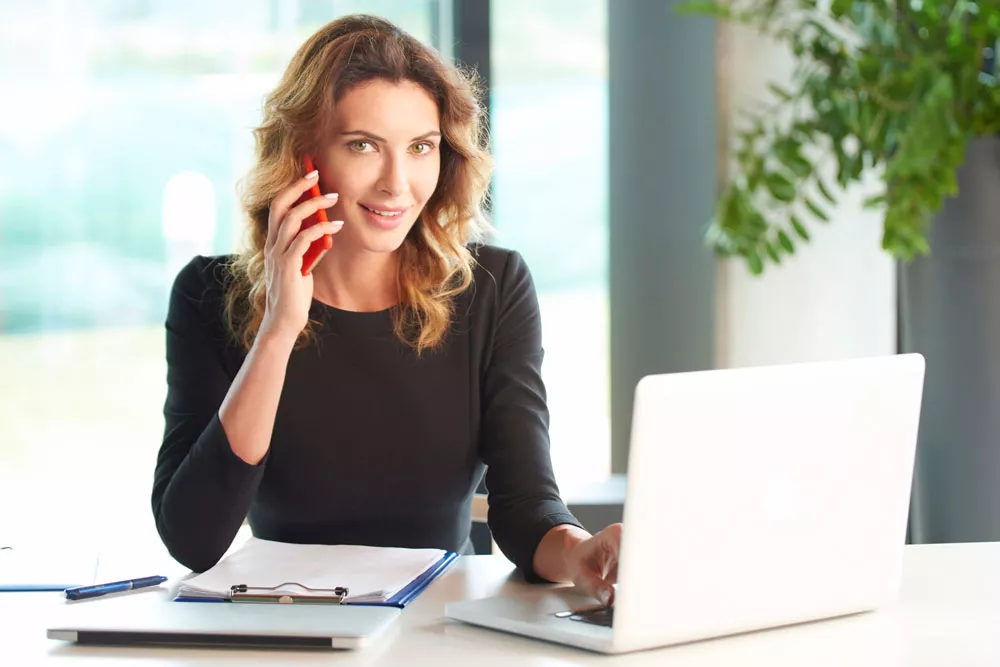OCD
What is Obsessive Compulsive Disorder?

Obsessive-Compulsive Disorder (OCD) is a heterogeneous, often chronic and severe psychiatric disease that affects millions of people worldwide of every gender, age, nationality, ethnicity, race, religion and socio-economic status. This disorder is characterized by recurrent, intrusive and uncomfortable thoughts, images, or impulses (obsessions) and/or unnecessary and counterproductive repetitive mental or overt acts (compulsions, rituals or neutralizing behaviors) performed to reduce or remove distress and/or anxiety caused by these obsessive thoughts and to prevent any perceived harmful consequences (American Psychiatric Association – APA, 2013). It can cause significant distress not only to people who suffer from it, but also often to their families and partners, and may lead to high levels of impairment in quality of life and disability.
Obsessive Compulsive Disorder is associated with high health care (Simon, Ormel, VonKorff, & Barlow, 1995), economic and social costs (the person’s inability to fully function within society, NCCMH 2006). The financial cost of this disorder solely to the U.S. economy is estimated to be about $8 billion per year. A study by the Epidemiological Catchment Area (ECA, Karno et al., 1988) found that approximately 36% of patients with Obsessive Compulsive Disorder have occupational difficulties, and on average people who suffer from this disease lose up to three years of wages during the course of their lives because of the illness. About 25% of Obsessive Compulsive Disorder patients experience problems with marital relationships and people affected by this disorder are less likely to marry than people without obsessive problems (Goodman, 1995).

Epidemiology

This disorder has a lifetime prevalence of approximately 2–3% of the population worldwide (Weissman et al., 1994; Karno et al., 1991; Robins et al., 1984; Okasha, 2003; Ruscio, Stein, Chiu, & Kessler, 2010), or approximately 1 in 40 adults have Obsessive Compulsive Disorder, more than 60 million people worldwide. It has been estimated that about 3.3-5 million people in the U.S. and approximately 750,000 people in the U.K. are living with Obsessive Compulsive Disorder at any one time. Furthermore, over one quarter of adults experience obsessions or compulsions at some time in their lives.
Obsessive Compulsive Disorder is the fourth most common psychiatric disorder, following major depression, social phobia, and substance use disorders, (Germer, Siegel & Fulton, 2005; Robins et al., 1984; Rasmussen & Eisen, 1992; 1994), and the World Health Organization has ranked Obsessive Compulsive Disorder as the tenth leading cause of disability in the world for individuals between 15 and 44 years of age (World Health Organization, 1996; Murray and Lopez, 1996, Bobes et al., 2001).
Although many individuals are affected by Obsessive Compulsive Disorder, many are also still hiding their symptoms: some with Obsessive Compulsive Disorder are reluctant to talk about their symptoms due to fear of embarrassment and shame of being labelled, while others are unaware that their experiences constitute an established psychiatric condition. Therefore, Obsessive Compulsive Disorder is most likely underdiagnosed and undertreated. Epidemiological research estimates that more than half of the Obsessive Compulsive Disorder patients (54.9%) in the U.S. receive no treatment at all; worldwide the figure goes up to 59.5% (Kohn, Saxena, Levav, et al., 2004). According to Black (1974), only 31-38% of patients seek treatment during the first year of onset of the disorder and most others do so only after about 20 years of living with the disorder. The average amount of time that passes from patients’ first experience of symptoms to when they seek professional help is on average 7.5 years and in one study was found to be as long as 17 years (Hollander, Greenwald, Neville et al, 1996). This may be one of the reasons for the chronic course of the disorder. Torres et al. (2007), in a British Psychiatric Morbidity Survey, showed that most people with Obsessive Compulsive Disorder are not being treated (Goodwin, Koenen, Hellman, et al., 2002) with fewer than 10% having been seen by a mental health professional in the year before the interview.


Obsessive Compulsive Disorder begins earlier in males than females, usually with a gradual onset (American Psychiatric Association, 2013), and the mean age of onset is 21 for men and 24 for women (Burke, Burke, Regier, & Rae, 1990; Lensi et al., 1996; Minichiello, Baer, Jenike, & Holland, 1990), although age of onset covers a wide range of ages. In 60-70% of cases, onset occurs before age 25, in 15% before age 10 and in the remaining 15% after age 35 (Rasmussen & Tsuang, 1984, 1986; Thyer, 1985). It can, however, be difficult to compare data regarding age of onset from different studies since there is disparity in the definitions of these two words, age and onset. Some authors consider age of onset to be the moment in which the symptoms appear for the first time, whereas others when the symptoms began to cause a person distress, i.e., when these symptoms meet the DSM criteria. This is a relevant point since many people with Obsessive Compulsive Disorder report the presence of subclinical symptoms for many years before they become severe enough to cause distress and/or lead the person to seek treatment. Obsessive Compulsive Disorder has an approximately equal male:female gender ratio, with slightly more women than men being diagnosed with Obsessive Compulsive Disorder. Interestingly, childhood Obsessive Compulsive Disorder is more common in males and the gender ratio does not favor females until adulthood.
Phenomenological and Clinical Aspects
Obsessions are recurring, persistent and unwanted thoughts, images, scenes or impulses that a person experiences as being intrusive and inappropriate. They cause anxiety, distress or other negative feelings therefore leading the person to try to get rid of or neutralize them by performing a compulsion or a ritual.
For example, a person afflicted by the doubt that they have not turned off the lights tries to neutralize the doubt by repeatedly checking them to make sure they are off. Clinical obsessions are often considered to be thoughts that express a doubt, a hypothesis or an inference (e.g., “Maybe I didn’t lock the door”; “Maybe I forgot to turn the light off”; “I might be dirty”; “I might have caused an accident”, etc.), i.e., images that are subjectively negative.
In terms of frequency, the most common themes of obsessions are those regarding:
- Fear of being contaminated, or contaminating others, by infections or disgusting substances or objects (e.g., germs, viruses, dirt, chemicals, bodily fluids or feces)
- Fear of directly harming oneself or others or being aggressive (e.g., fear one might kill a family member by using knives, poisons, or a car)
- Doubts about indirectly harming oneself or others by accident (e.g., not having locked the door, closed the windows or turned off the gas, taps or the lights)
- Excessive attention to moral or religious/blasphemous ideas (e.g., fear of doing something anti-religious or morally unacceptable)
- Unpleasant sexual thoughts (e.g., incestuous or perverse images or fear of being a homosexual or a pedophile) or violent thoughts (e.g., of being a rapist or a murder)
- Excessiveneed for things to be in order and symmetrical (e.g., feeling very annoyed or uncomfortable when personal objects are not in a certain order)
- Fear of shameful misbehavior or acting inappropriately
- Magical thinking and superstitious beliefs
Compulsions are repetitive behaviors or rituals that the individual feels compelled to perform over and over again. The aim of these behaviors is to prevent or reduce the distress caused by one’s obsessions or prevent, neutralize or counteract obsessions or make them go away. In other words, the compulsions help reduce an individual’s perception that they are or have been responsible for hypothetically harming themselves or others and make the person feel more ‘comfortable’ or that they’ve done the right thing.
For example, people with contamination obsessions can decrease the mental distress they experience by washing their hands over and over again until their skin becomes wrinkly or coarse; people with obsessive fears of intruders may check and recheck door locks repeatedly; and people who experience involuntary blasphemous thoughts might find relief from their distress by counting backwards from 100 to 10 each time that have one of these thoughts. In some cases, individuals carry out strict rituals according to rules they have developed in an idiosyncratic way without being able to explain why they are doing what they are doing. Compulsions can either be overt, when they are manifest and observable by others (e.g., washing, checking), or covert, when they are unobservable mental actions (e.g., silently counting or repeatedly saying words, phrases or prayers in one’s mind).
Typical compulsions include:

- Washing (hands, shower) and cleaning (house cleaning, clothes, objects)
- Checking (that the doors are locked, or that the gas, light or a tap is off, or driving around to make sure they haven’t run over a pedestrian)
- Ordering and arranging things, seeking symmetry or perfection
- Counting in certain patterns
- Silently repeating words or phrases
- Excessive praying or engaging in behaviors triggered by religious beliefs or fear
- Continuously repeating tasks, gestures or acts
- Excessively thinking “neutralizing” thoughts to counteract obsessive thoughts
Most people with Obsessive Compulsive Disorder have both obsessions and compulsions, but some individuals may have only one or the other. Generally, both obsessions and compulsions cause distress and suffering, which in turn takes time away from other things, thus interfering to varying degrees with normal social, work-related and emotional activities. Higher levels of stress tend to worsen symptoms.
There are other behaviors that are often typical of people affected by Obsessive Compulsive Disorder which cannot truly be defined compulsions, but that are included in the general category of ‘safety-seeking behaviors’ (a term used in the cognitive behavioral therapy literature to refer to any actions that aim to prevent feared catastrophes and reduce harm; Salkovskis, 1985) and can cause significant distress, are time-consuming and tend to reinforce and maintain the disorder.
Some such behaviors are:
- Continuously asking for reassurance
- Excessive slowness in doing or completing tasks, which often leads to being late
- Not allowing someone to enter a particular place (e.g., one’s home because of fear of contamination)
- Avoiding objects, places, situations, people or activities to prevent obsessive thoughts and distress from occurring
- Selective attention to the internal or external stimuli directly or indirectly associated with obsessive fears or themes
- Trying to suppress or distract oneself from unacceptable thoughts
- Trying to be sure of the accuracy of one’s memory.
All these behaviors are either excessive or not realistically connected to preventing or neutralizing the feared event; they normally offer only temporary relief from distress and when the obsessions come back, they usually come back stronger. Furthermore, the rituals themselves often end up causing distress: as they become more demanding and time-consuming they reinforce the obsession, eventually creating a worsening cycle of obsessive symptoms.
When Obsessive Compulsive Disorder is Diagnosed?
- When an individual manifests either obsessions or compulsions;
- When an individual acknowledges that obsessions are a product of their mind and are not imposed on them by an outside influence or person;
- When obsessions and/or compulsions take up excessive amounts of an individual’s time (an hour or more each day), cause extreme distress and significantly interfere with daily functioning at work or school, or with social activities, family relationships and/or normal routines; or
- When obsessive symptoms cannot be explained by any other mental disorder and cannot be attributed to the physical effects of another medical condition or substance abuse.
Adapted with permission from Didonna, F. (2018). Mindfulness-Based Cognitive Therapy for Obsessive-Compulsive Disorder. Guilford Press.





